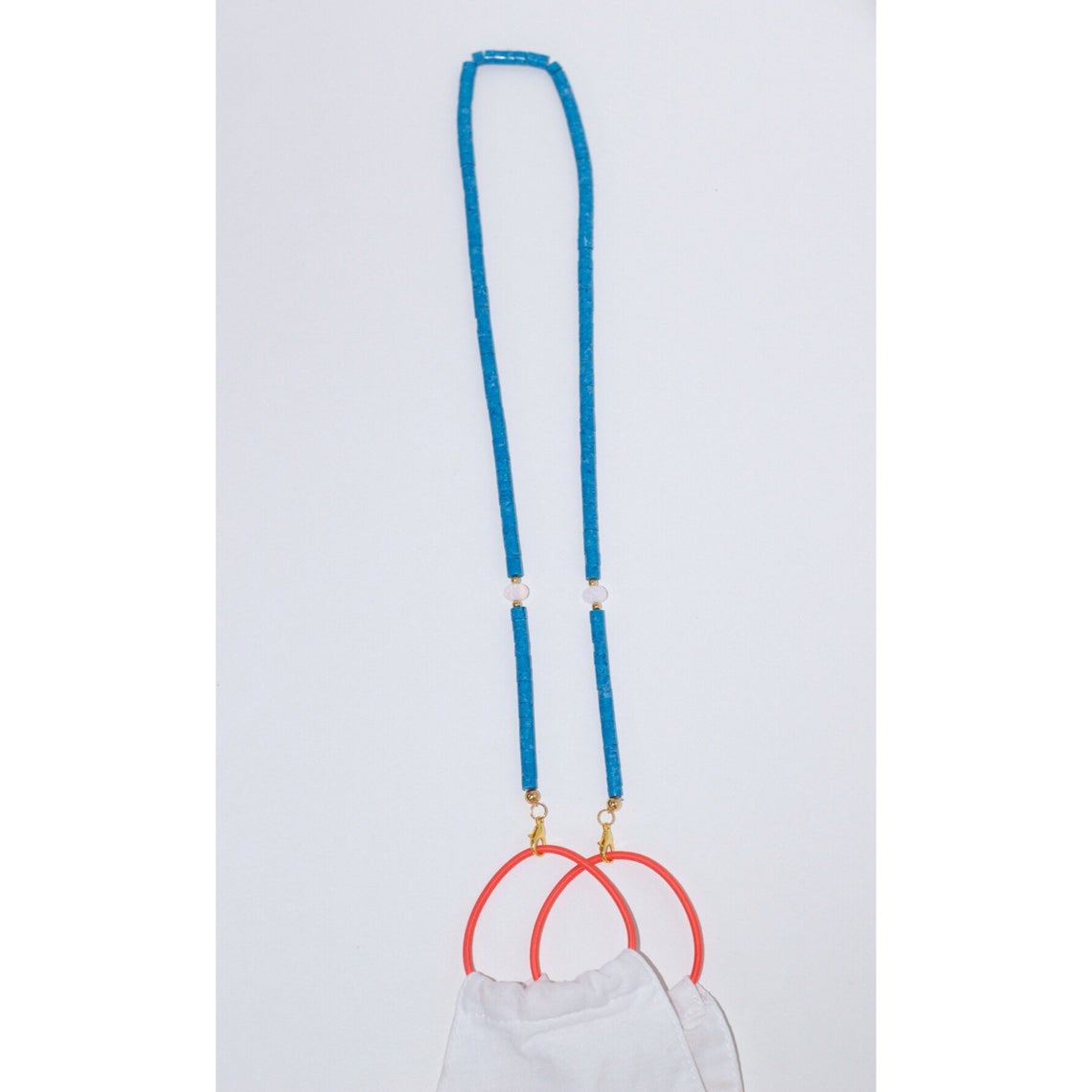In recent years, the proliferation of face masks as a health precaution during global pandemics has provoked a remarkable intersection of fashion and functionality. Traditionally viewed as mere protective gear, face masks have evolved into complex cultural artifacts that encapsulate societal values, personal expression, and even human connection. A noteworthy innovation emerging from this trend is the face mask chain, an accessory that not only serves a pragmatic purpose but also invites deeper exploration into the cultural ramifications of masks through a lens of cultural relativism.
To comprehend the significance of chains for masks, one must first recognize the wide-ranging meanings associated with masks across various cultures. Throughout history, masks have been utilized in rituals, theatrical performances, and ceremonies; they have represented transformation, concealment, and even the transcendence of identity. The use of masks can be traced back to ancient civilizations, where they symbolized a connection to the divine or the spiritual realm. In contemporary contexts, masks have adopted multifaceted meanings that can vary significantly based on cultural backgrounds. They can convey messages of solidarity or distrust, empowerment or subjugation, depending on the sociopolitical landscape.
The advent of the COVID-19 pandemic underscored the necessity of face masks as a public health measure. However, this necessity has unwittingly led to the commodification of masks, where they transitioned from essential items to fashion statements. Herein lies the central irony: a tool for safety has simultaneously become an object of adornment. Mask chains epitomize this duality; they not only serve a utilitarian function, preventing masks from becoming misplaced, but they also facilitate the display of individuality and personal style.
In the realm of cultural relativism, it is essential to acknowledge how various communities have responded to the requirement of wearing masks. In some cultures, wearing a mask is a sign of communal responsibility and adherence to societal norms, embodying collective solidarity. In these instances, accessories like mask chains enhance the overall aesthetic, providing a visual representation of cultural pride and unity. Conversely, in environments where mask-wearing may be viewed with skepticism, chains might serve as a subtle rebellion against conformity, allowing individuals to express dissent while still adhering to safety mandates.
Beyond their symbolic relevance, mask chains can also be perceived as a means of reconciling the paradox presented by face masks. The act of revealing one’s facial features—central to human interaction—has been obfuscated by the anonymity that masks impose. Chains have the potential to bridge this gap by serving as an intermediary that invites curiosity while respecting the boundaries imposed by sociocultural context. Historically, the desire to reveal oneself has often been associated with vulnerability and authenticity. In an era defined by fear and isolation, mask chains symbolize the longing for connection without compromising safety.
A deeper exploration of meaning reveals that chains can also signify economic implications in a transformed landscape. With rising unemployment and economic instability during the pandemic, many artisans and small businesses pivoted towards producing handmade mask chains, thereby sustaining livelihoods and fostering community resilience. Purchasing these chains becomes an act of empowerment, enabling consumers to support local economies and individual crafters, who infuse cultural narratives into their designs. These chains might incorporate elements inspired by indigenous artistry, contemporary streetwear, or even familial traditions, enriching the tapestry of cultural exchange during a global crisis.
Furthermore, the growing popularity of mask chains has implications for the evolving fashion industry. As consumers increasingly prioritize sustainability and ethical considerations, companies have begun to adopt more transparent practices, focusing on responsible sourcing and manufacturing. This shift suggests an opportunity to cultivate a more equitable marketplace, where accessory choices are not merely dictated by trends but informed by cultural dialogues that resonate on a broader scale.
Interestingly, the aesthetic quality of mask chains often reflects a medley of styles and materials, catering to an extensive demographic. From elegant gold chains adorned with gemstones to playful beaded options reminiscent of childhood crafts, these accessories transcend traditional categorizations of fashion. The personalization of chains through unique designs encourages individual expression, simultaneously allowing for a communal experience forged through shared circumstances. Such democratic participation in fashion reinforces the notion that each chain tells a story, a narrative interwoven with cultural meanings and experiences.
In conclusion, the phenomenon of chains for face masks serves as a quintessential embodiment of contemporary cultural dynamics. By examining the complex interplay between health, identity, and cultural practices through a cultural relativism lens, the chains we wear transcend their functional attributes, becoming vessels of significance infused with personal and collective narratives. As society collectively navigates through an unprecedented moment in history, mask chains facilitate a continuous dialogue surrounding authenticity and connection. In this enriching context, the act of revealing one’s true self—once thwarted by masks—finds new avenues for expression, curiosity, and understanding, framed within the confines of cultural respect and diversity.
